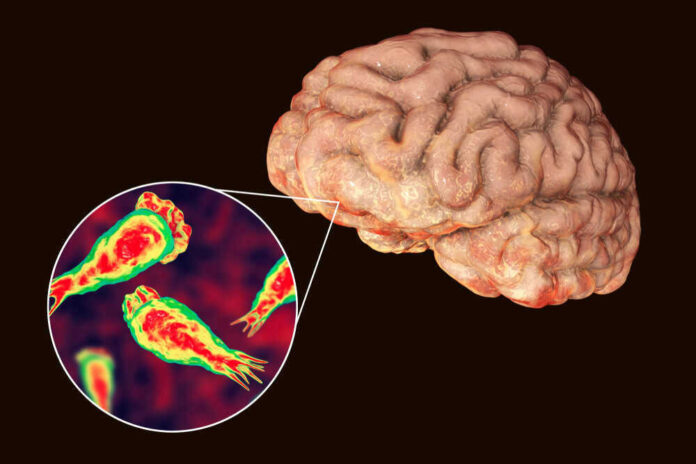
The tragic death of a South Carolina child from a brain-eating amoeba has reignited concerns about water safety and public health measures.
At a Glance
- A child in South Carolina died from Naegleria fowleri, a rare but fatal brain infection.
- The infection is contracted through the nose in warm freshwater environments.
- Public health officials have issued warnings about swimming in warm freshwater during summer.
- The case has prompted calls for increased awareness and the implementation of preventive measures.
Fatal Naegleria fowleri Infection in South Carolina
In a disturbing reminder of the dangers lurking in our natural environments, a child in South Carolina has died after contracting Naegleria fowleri, commonly known as the brain-eating amoeba.
This rare but nearly always fatal infection has once again captured public attention and spurred health authorities into action. The amoeba thrives in warm freshwater, and infections occur when it enters the body through the nose, typically during swimming or diving activities.
This latest case, confirmed by hospital officials and reported by local media, highlights the importance of vigilance and preventive measures.
Naegleria fowleri infections are exceedingly rare, with just 167 cases reported in the United States between 1962 and 2024. However, the high fatality rate makes it a significant public health concern.
The Centers for Disease Control and Prevention (CDC) and the South Carolina Department of Public Health are investigating the source of the infection and have issued warnings to the public. Dr. Anna-Kathryn Burch, a pediatric infectious disease specialist, has emphasized the devastating impact of the infection, highlighting its rapid progression and the lack of effective treatments.
Public Health Response and Expert Commentary
The South Carolina Department of Public Health has urged residents and visitors to exercise caution when engaging in recreational water activities, particularly in warm freshwater bodies. Officials recommend avoiding submerging the head, using nose clips, and staying out of the water when temperatures are high. These precautions, while simple, can be crucial in preventing Naegleria fowleri infections.
Dr. Burch’s expertise and public statements have been instrumental in raising awareness about the risks associated with this amoeba. Her commentary has been widely disseminated through media outlets, amplifying the message that while these infections are rare, they are deadly and require serious attention. The CDC continues to provide guidance and support to local health departments in monitoring and managing these cases.
Impact on Communities and Water Safety Practices
The death of the South Carolina patient has sparked immediate concern among families and communities who frequent local lakes, rivers, and hot springs. The fear and anxiety surrounding water safety have led to a temporary decline in recreational water use in the area. This is not the first time such an incident has led to heightened public awareness and changes in behavior.
In the long term, this case may prompt ongoing public health campaigns aimed at educating the public about Naegleria fowleri and the associated risks. Water management practices might also see changes, with increased monitoring of recreational water bodies to ensure safety. The economic impact on local tourism and recreation industries cannot be ignored, as fewer people may be willing to risk exposure to potentially contaminated waters.
Call for Continued Research and Awareness
The rarity of Naegleria fowleri infections should not overshadow the need for continued research into prevention and treatment options. The high fatality rate and rapid progression of the infection make it imperative for the healthcare sector to remain vigilant and prepared. Increased public awareness and preventive measures are essential in mitigating the risks associated with this deadly amoeba.
As the nation grapples with this latest case, the role of experts like Dr. Burch and organizations like the CDC becomes even more critical. Their efforts in educating the public and guiding health responses are invaluable in the fight against this rare but lethal threat. The focus must remain on prevention, early detection, and swift medical intervention to save lives.



















